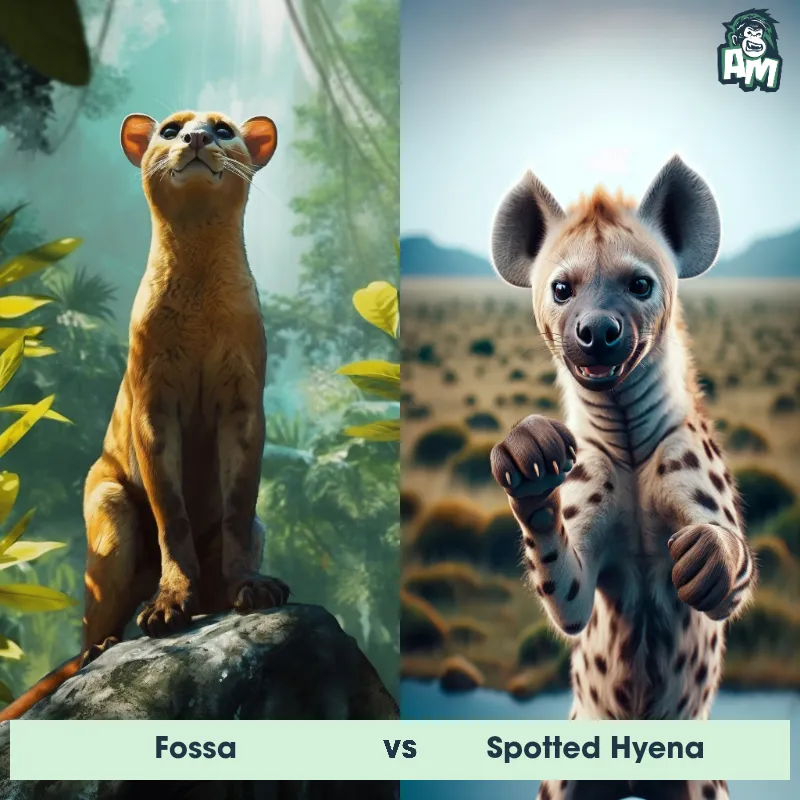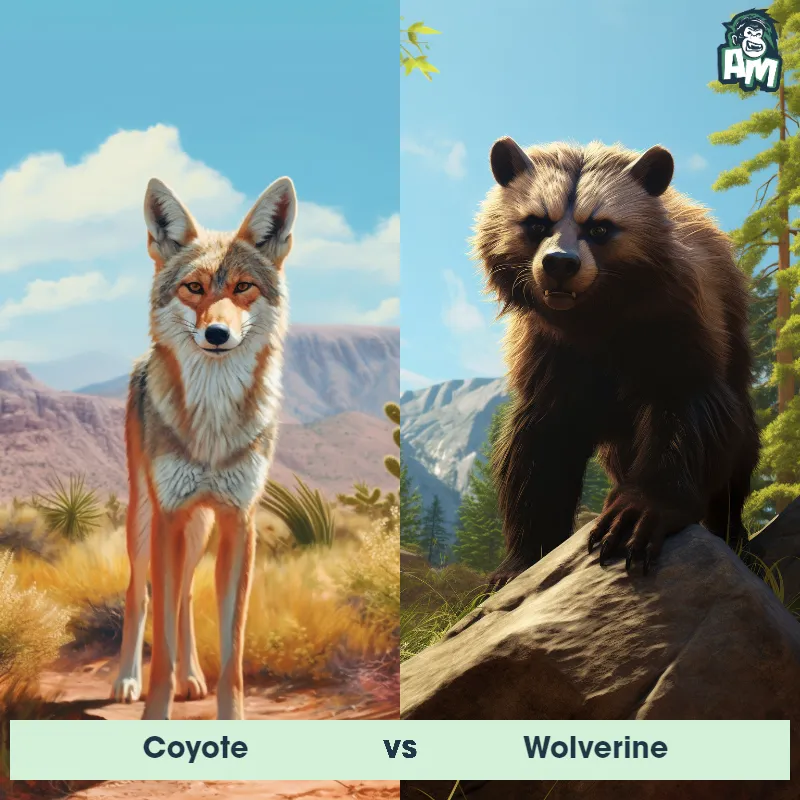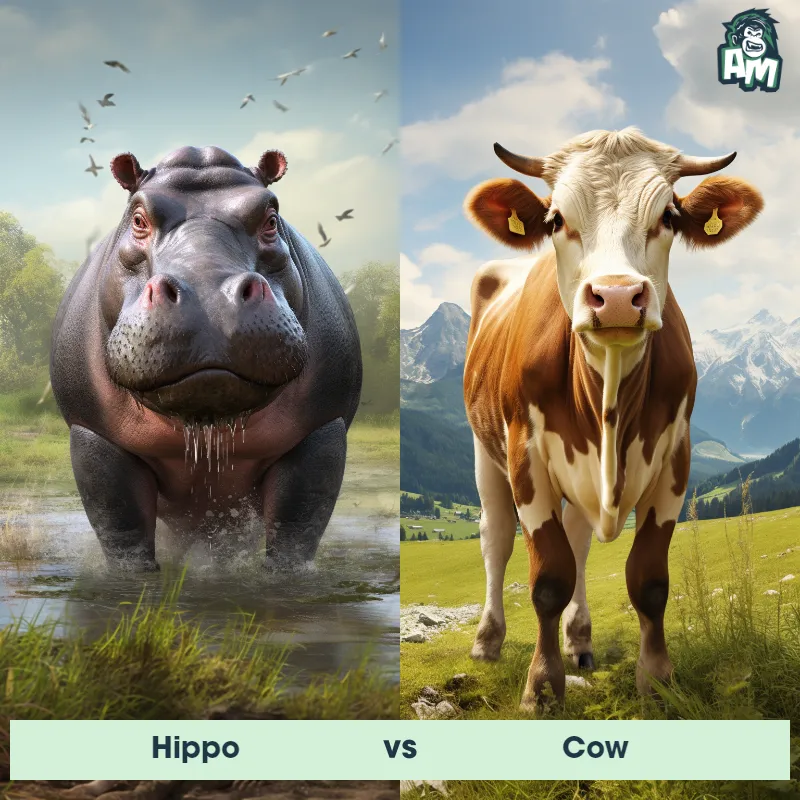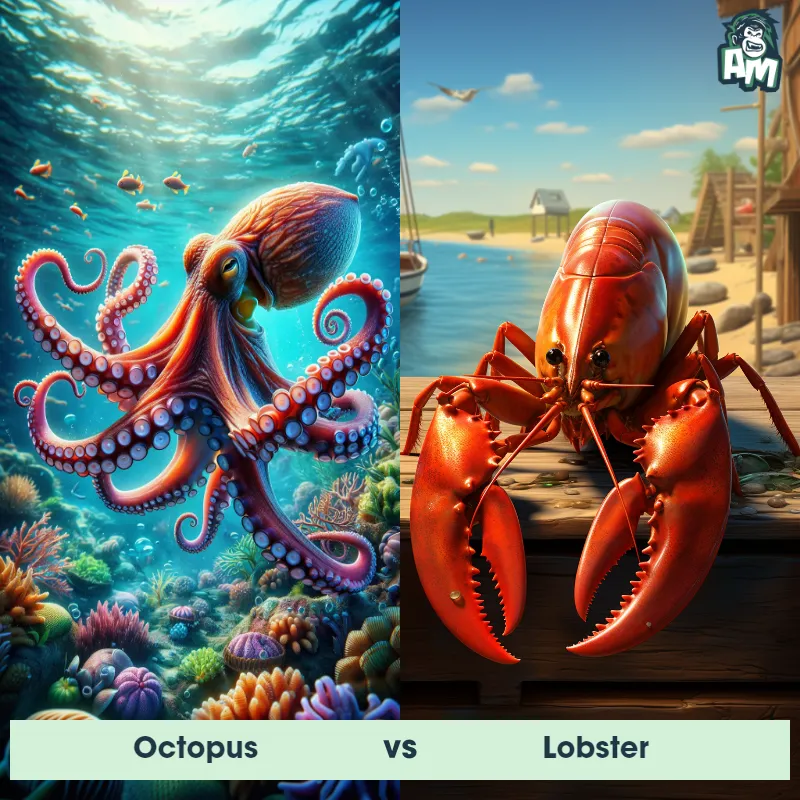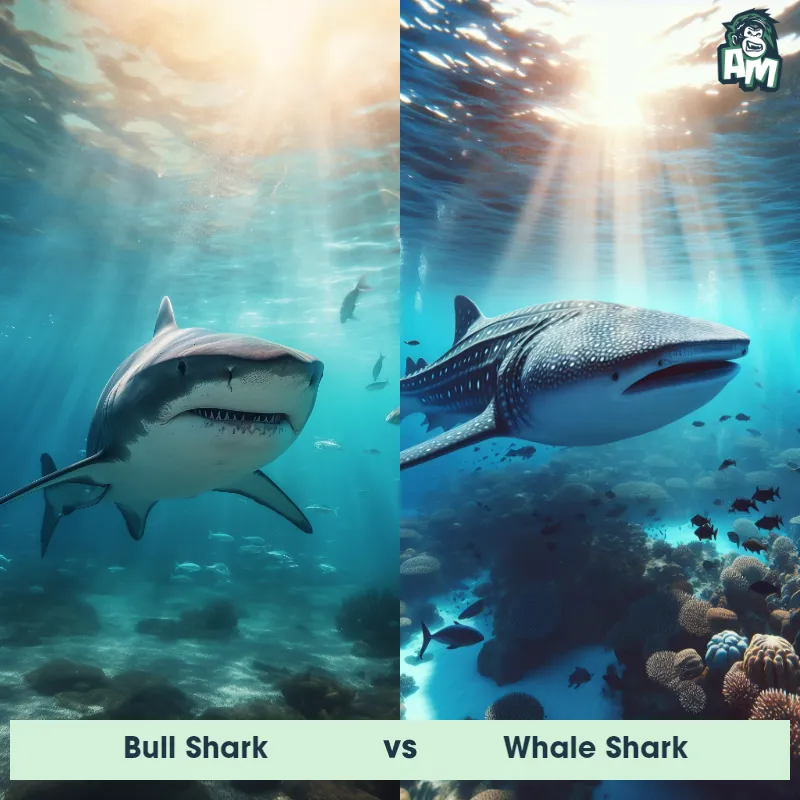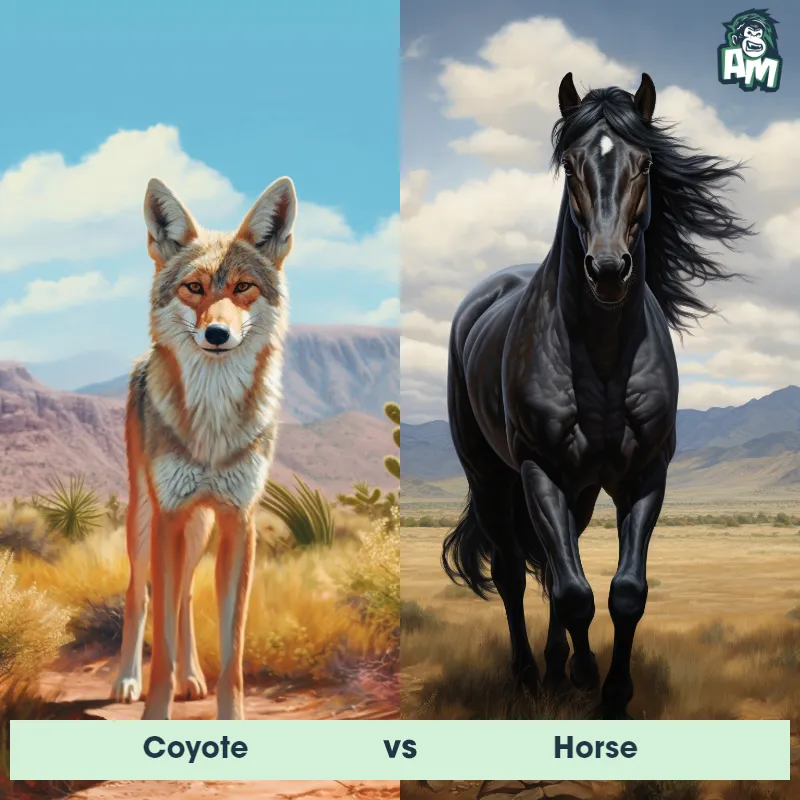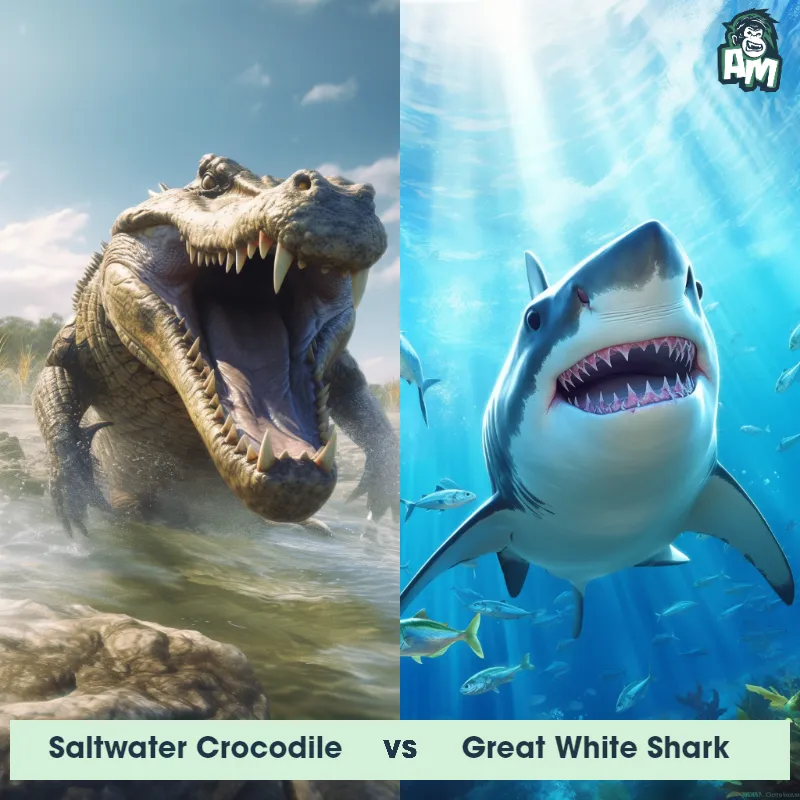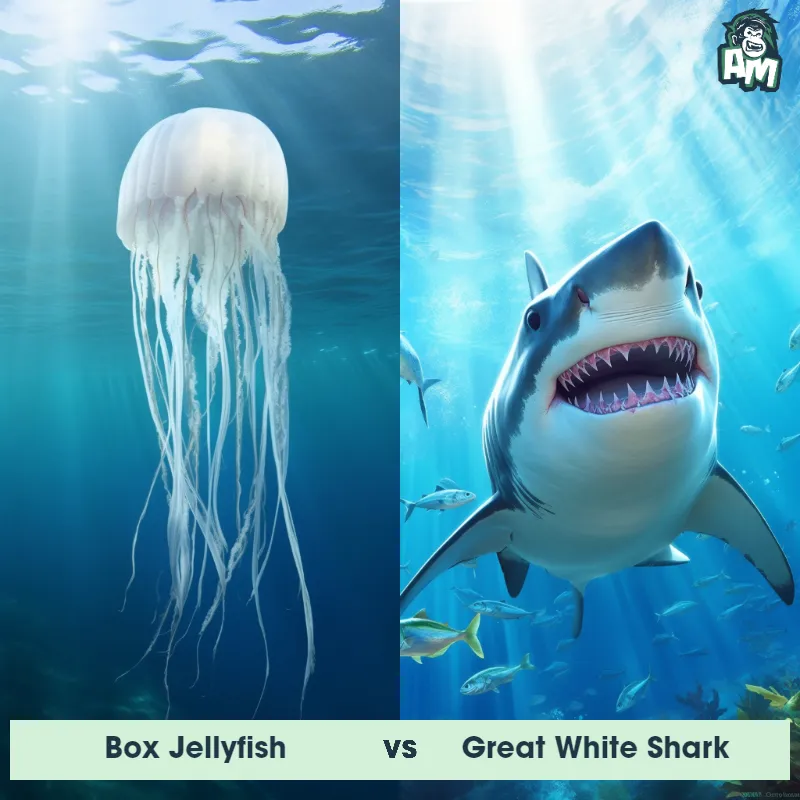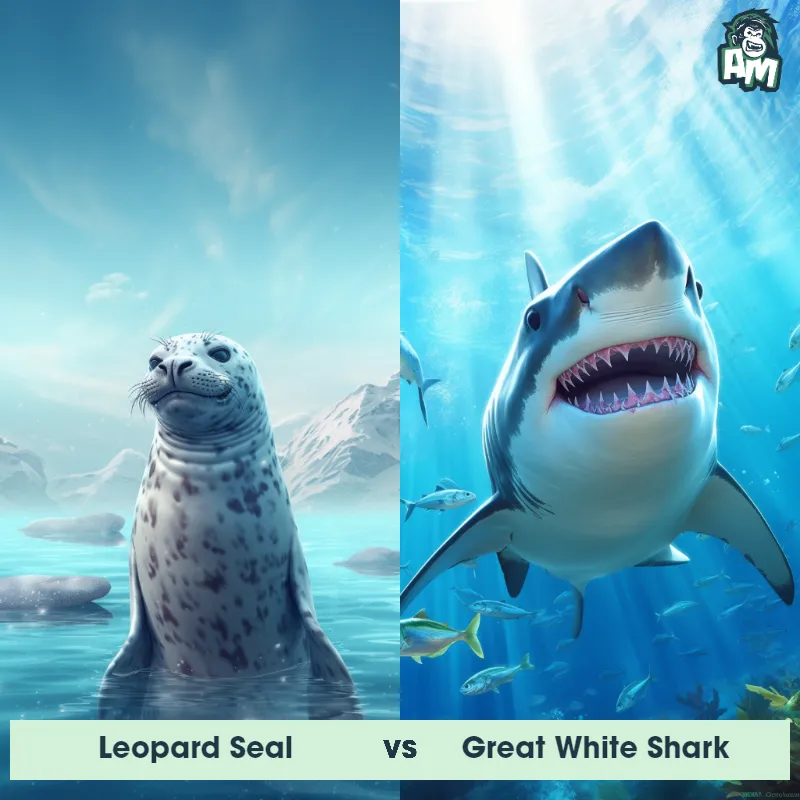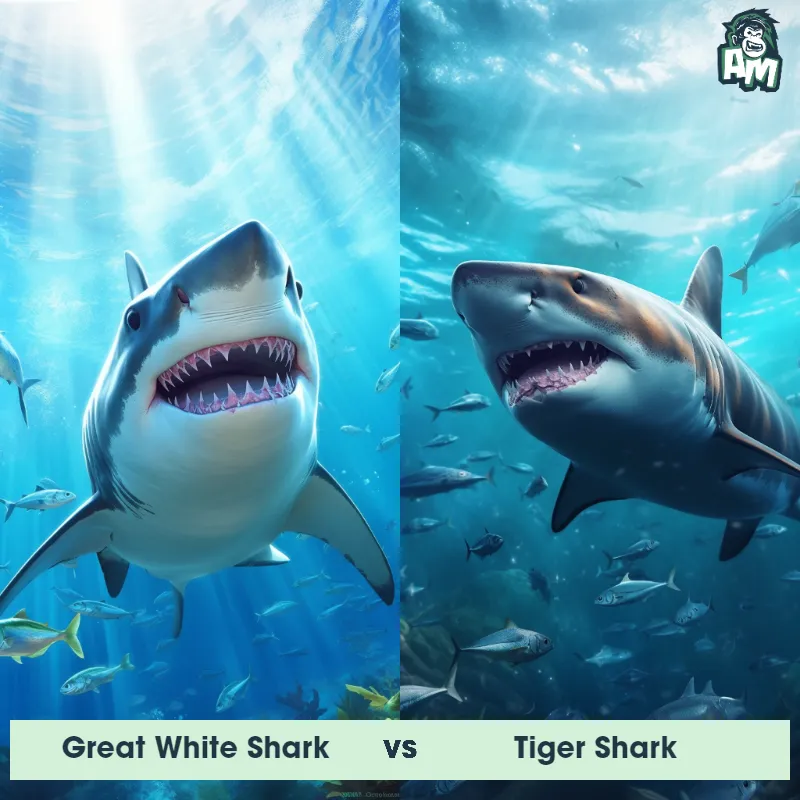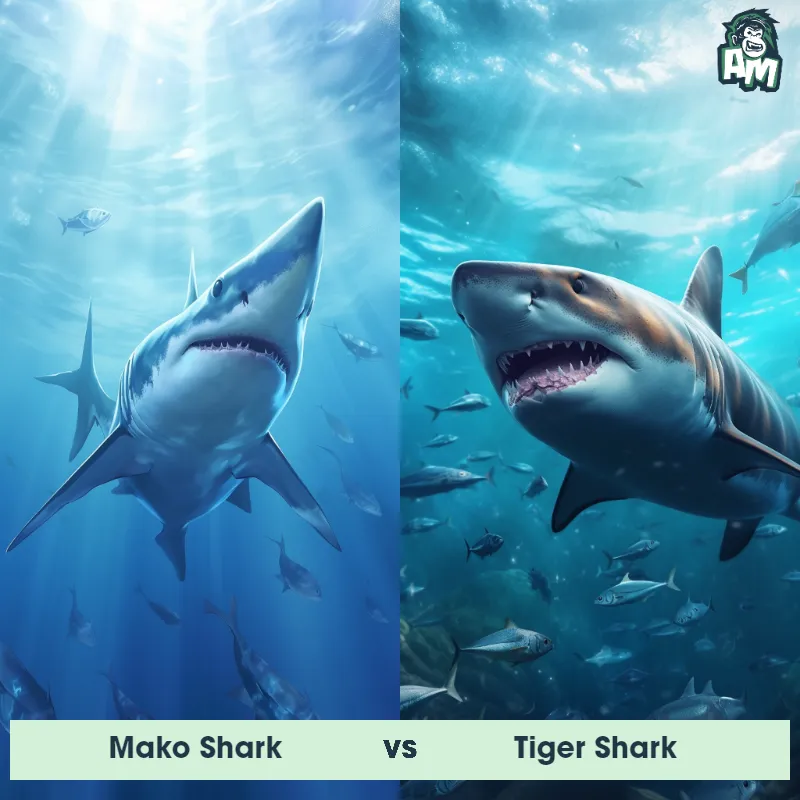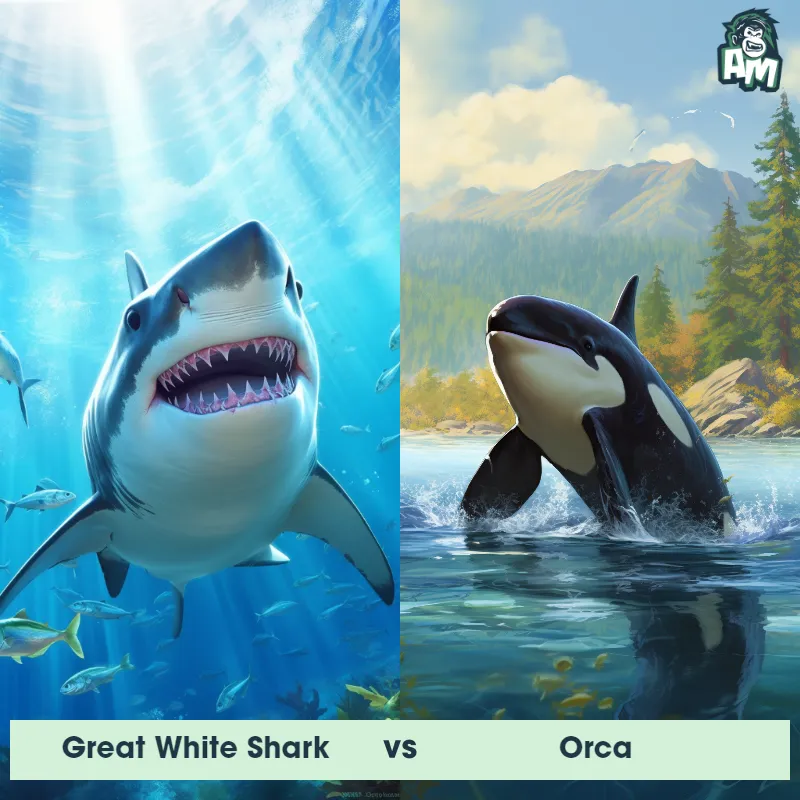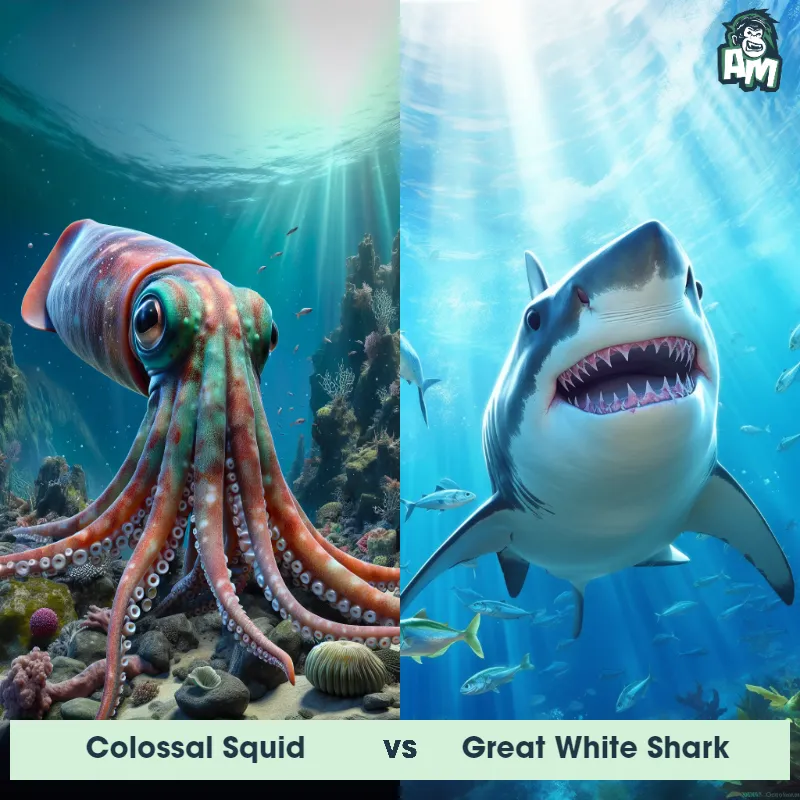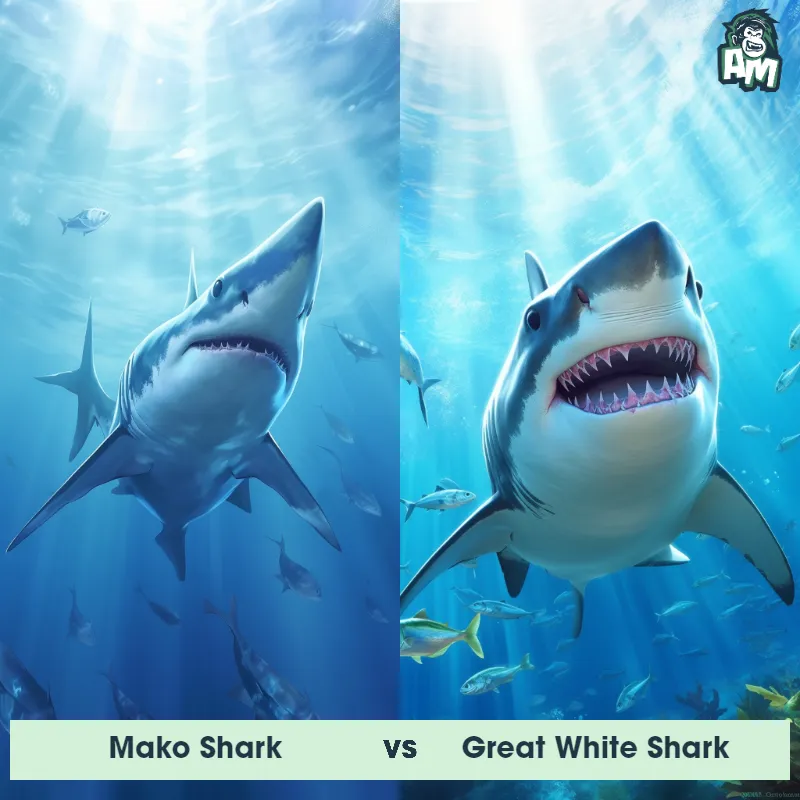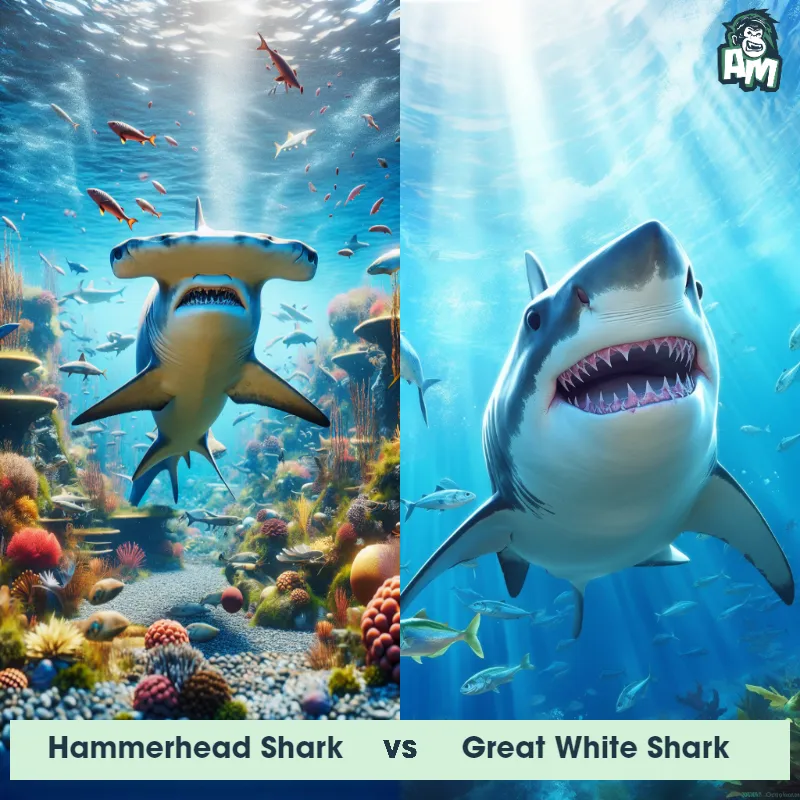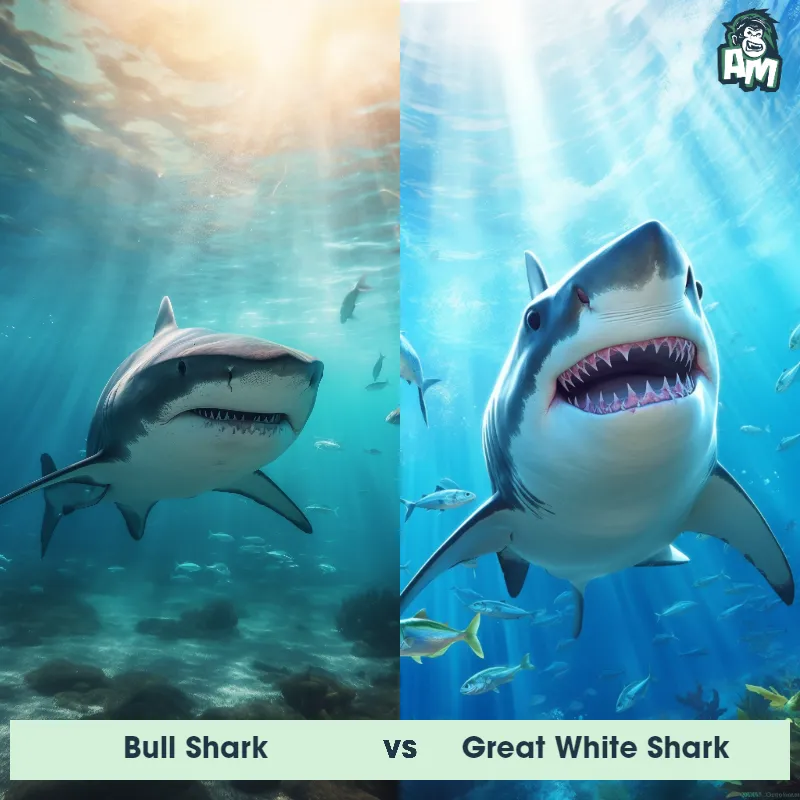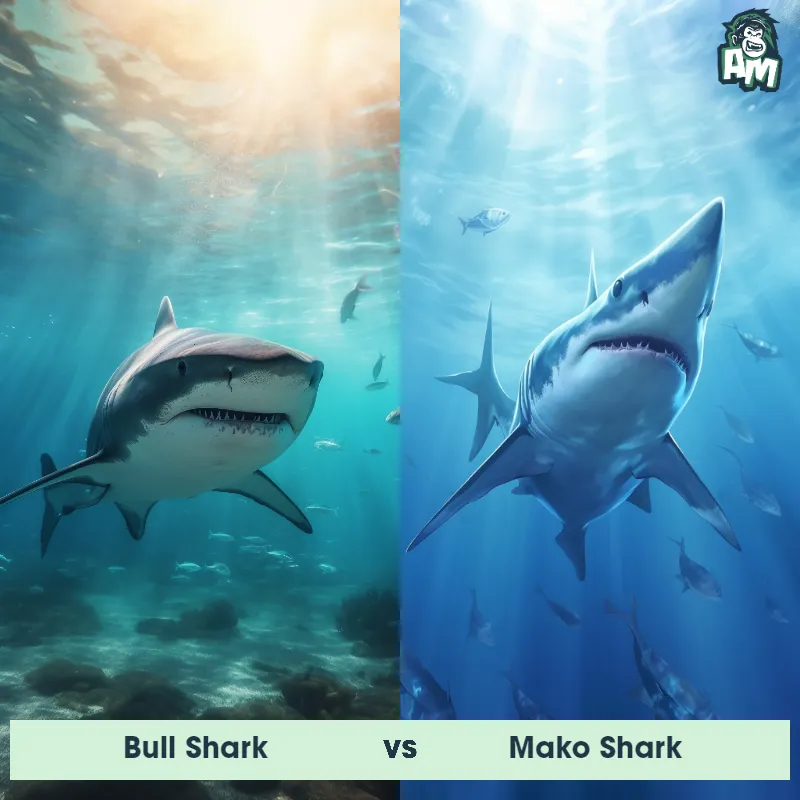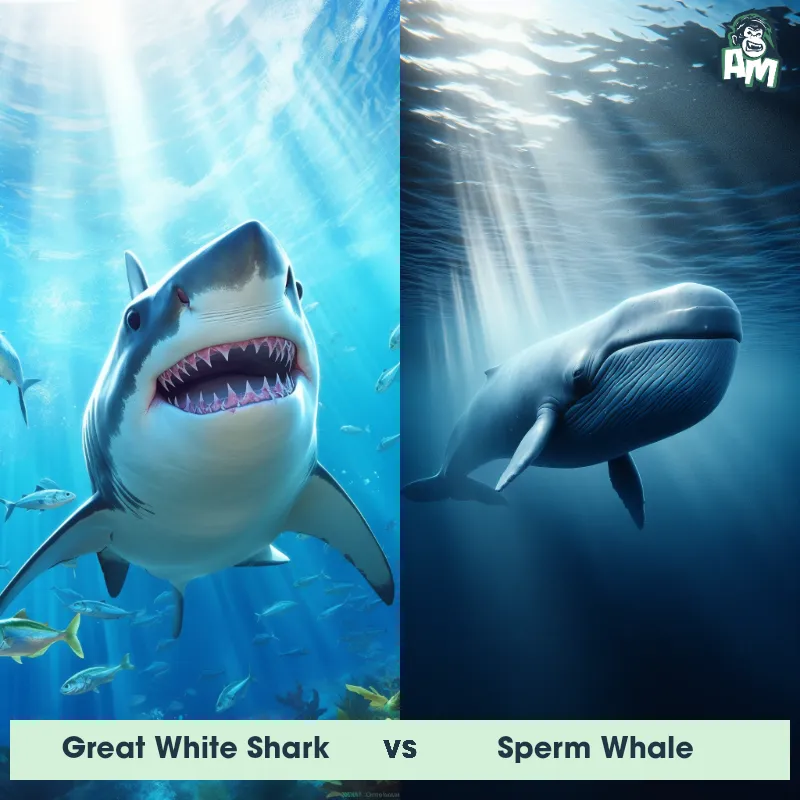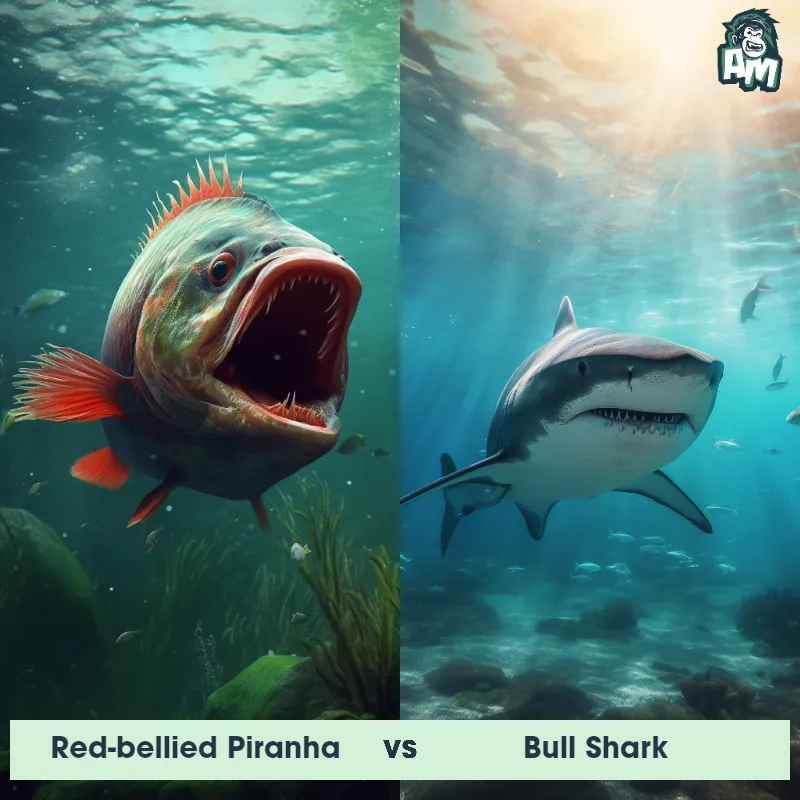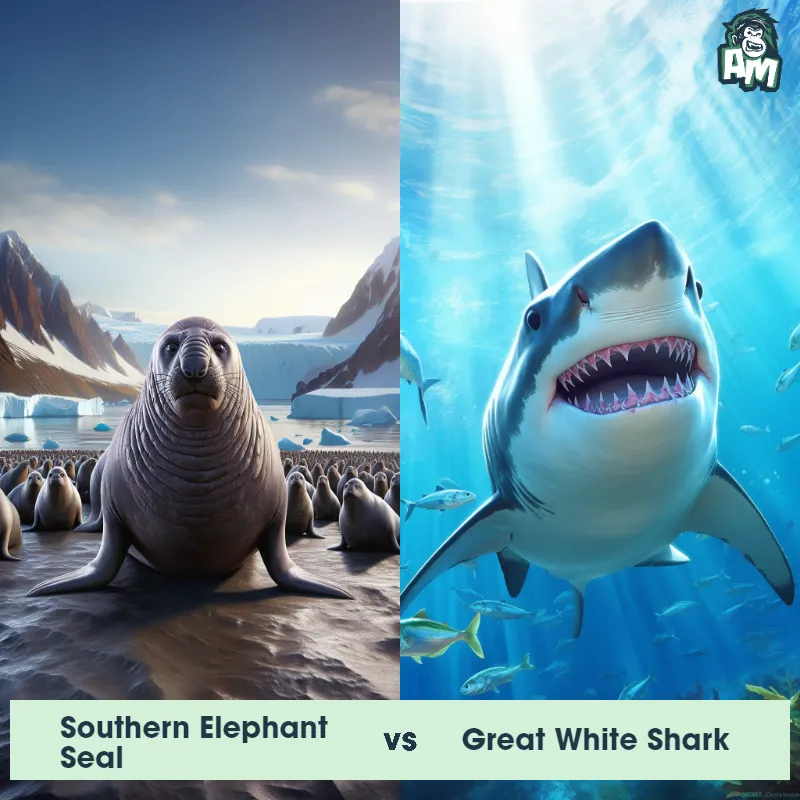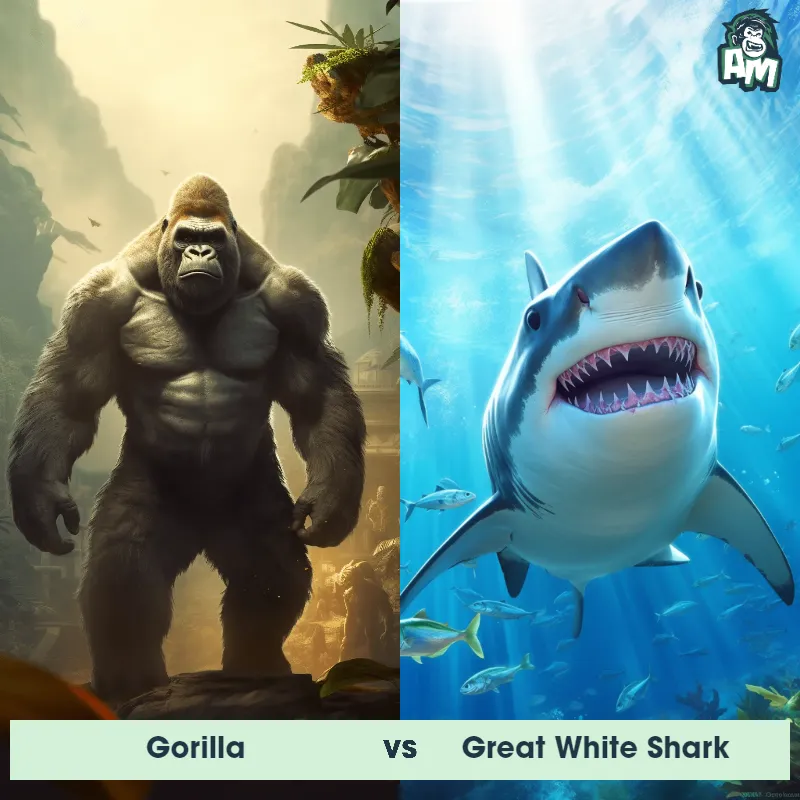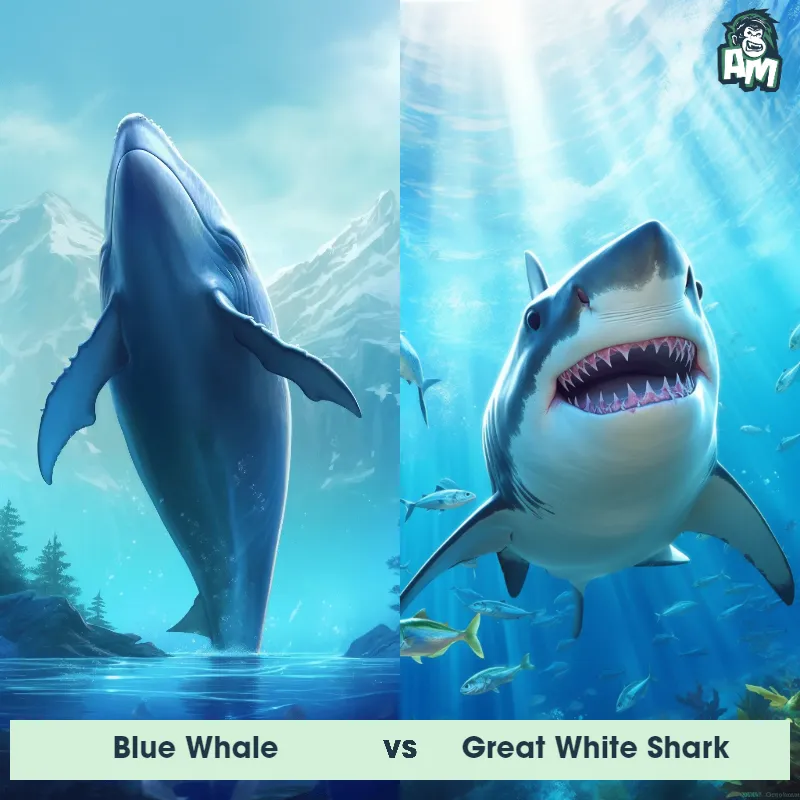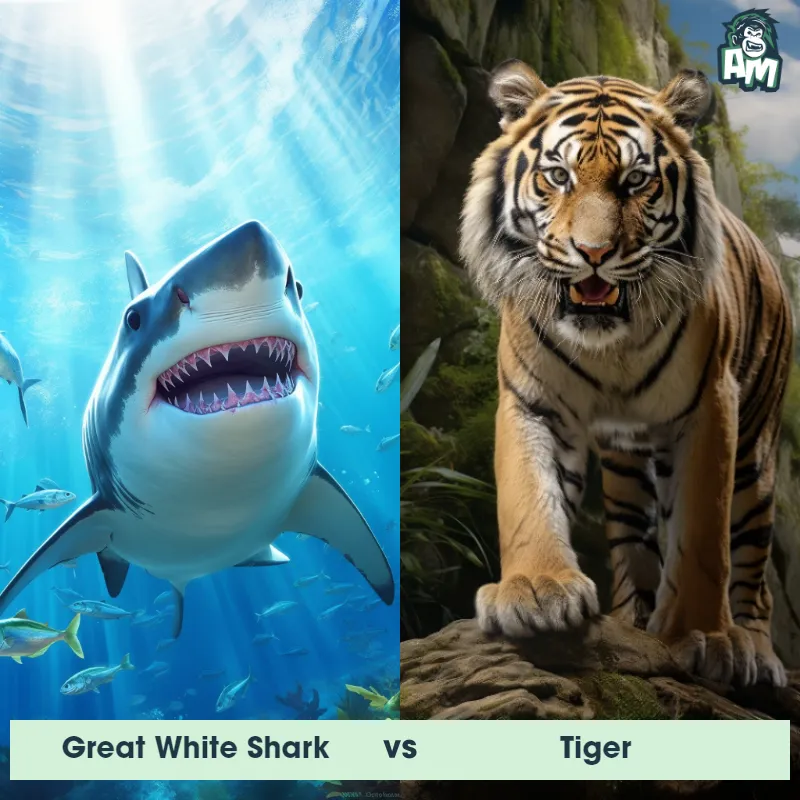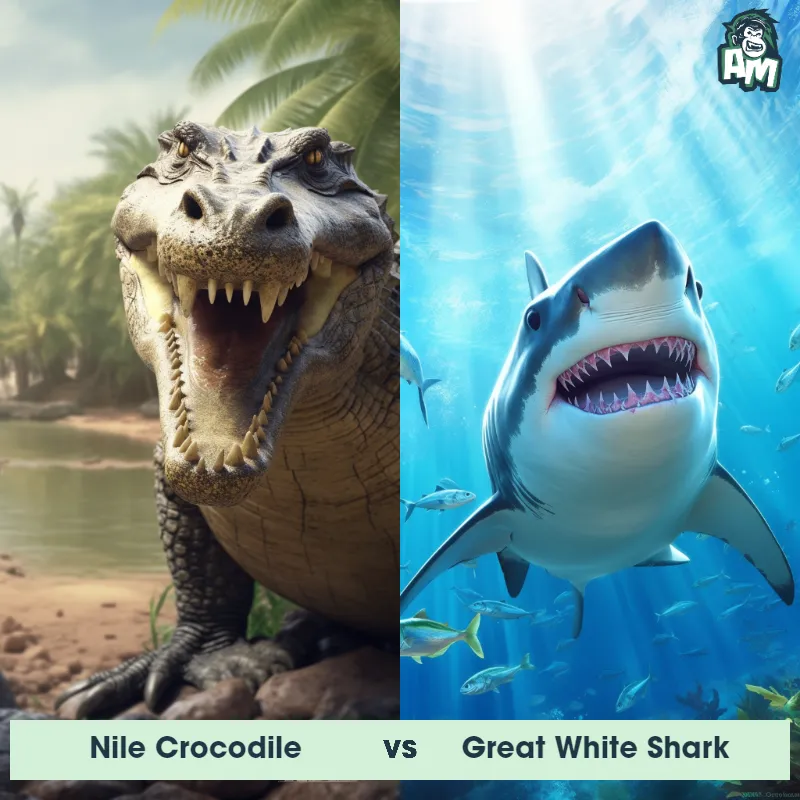Great White Shark vs PiranhaSee Who Wins

Ladies and gentlemen, welcome to the most anticipated matchup in the deep blue sea! We have here tonight a fierce battle between two of nature's most feared predators. In this corner, weighing in at a massive 2.5 tons, we have the infamous Great White Shark. And in the opposite corner, weighing just a few pounds, we have the relentless Piranha. Both these creatures are looking to prove their dominance in this three-round bout. Let's get ready to witness the astonishing power of the ocean!
Contender 1: Great White Shark
The Great White Shark, also known as the white pointer or white death, is a large predatory fish that can grow up to 20 feet in length and weigh over 5,000 pounds. They have a distinctive torpedo-shaped body, grayish-brown skin, and rows of sharp teeth that can number up to 300. Great White Sharks are found in coastal waters all over the world and are known for their powerful jaws and ability to breach the surface of the water.
Fun Fact: Great White Sharks have a unique sense of smell that allows them to detect a single drop of blood in 25 gallons of water, which is equivalent to the size of an Olympic swimming pool.
Contender 2: Piranha
The Piranha is a freshwater fish that resides in South American rivers and lakes. They are known for their sharp, triangular teeth and strong jaws, which are both adaptations for their diet of fish, insects, and sometimes larger prey. Piranhas have a robust body shape, often with a reddish-brown or silver coloration, and can range in size from 5 to 20 inches depending on the species. Despite their fearsome reputation, they are often scavengers as much as they are predators.
Fun Fact: Contrary to popular belief, piranhas are not exclusively carnivorous and can be omnivorous, feeding on seeds and fruits as well as meat.
Matchup Stats
| Great White Shark | Piranha | |
|---|---|---|
| Size | Up to 20 feet (6.1 meters) | 5 to 20 inches (12.7 to 50.8 cm) |
| Weight | Over 5,000 pounds (2,268 kilograms) | Up to 7.7 lbs (3.5 kg) |
| Speed | Speed: 25 mph (40 km/hr) | 55mph (88.5km/h) |
| Key Strength | Powerful jaws and sharp teeth | Sharp, triangular teeth and strong jaws |
| Biggest Weakness | Vulnerable gills and eyes | Often scavengers, not aggressive predators |
Current Votes
Great White Shark vs Piranha
See Who Wins
View More Matches
Looking For More?
Similar Matches
Scientific Stats
| Great White Shark | Piranha | |
|---|---|---|
| Scientific Name | Carcharodon carcharias | Pygocentrus nattereri |
| Family | Lamnidae | Characidae |
| Habitat | Coastal waters | Freshwater rivers and lakes |
| Geography | Worldwide | South America |
| Diet | Carnivorous, primarily seals and sea lions | Fish, insects, seeds, fruits, and sometimes larger prey |
| Lifespan | 70 years - 100 years | 5 years - 15 years |
Key Differences between Great White Shark and Piranha
- Fins: The Great White Shark possesses large, distinct dorsal fins and pectoral fins, providing stability and agility in the water. In contrast, the Piranha has smaller triangular-shaped dorsal and pectoral fins, which are less pronounced in comparison.
- Habitat: The Great White Shark is primarily found in coastal waters and open oceans around the world, while the Piranha is endemic to freshwater rivers and lakes in South America.
- Behavior: The Great White Shark is a solitary predator known for its stealthy approach and occasional breaching behavior, whereas the Piranha is infamous for its highly social behavior, often forming large shoals and exhibiting aggressive feeding frenzies when feeding on prey.
- Shape: The Great White Shark has a streamlined and elongated body with a large, torpedo-shaped head and a mouth full of sharp, triangular teeth. In contrast, the Piranha has a more compact and round-shaped body with a smaller head and a mouthful of interlocking, razor-sharp teeth.
- Coloration: The Great White Shark has a grayish-blue or brownish-gray color on its upper body, blending with a white underbelly. On the other hand, the Piranha usually displays a more vibrant coloration, with shades of silver, gold, and black.
- Size: The Great White Shark is significantly larger, reaching an average length of 15 to 20 feet, while the Piranha is much smaller, typically measuring only around 6 to 10 inches in length.





